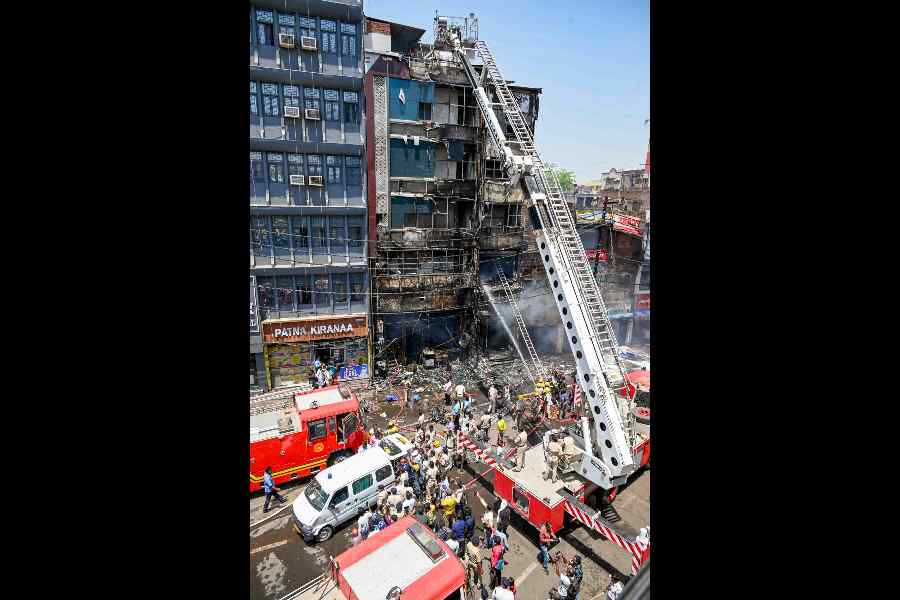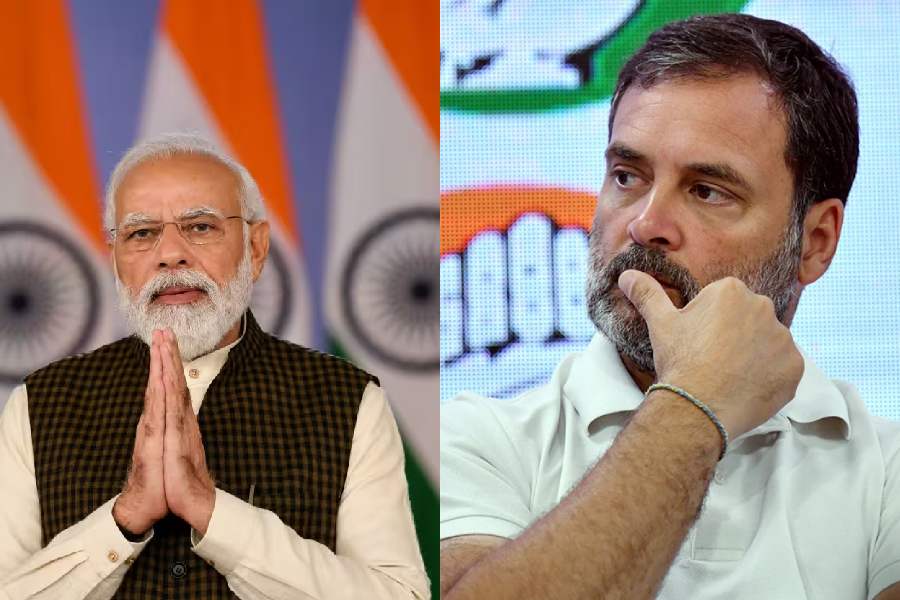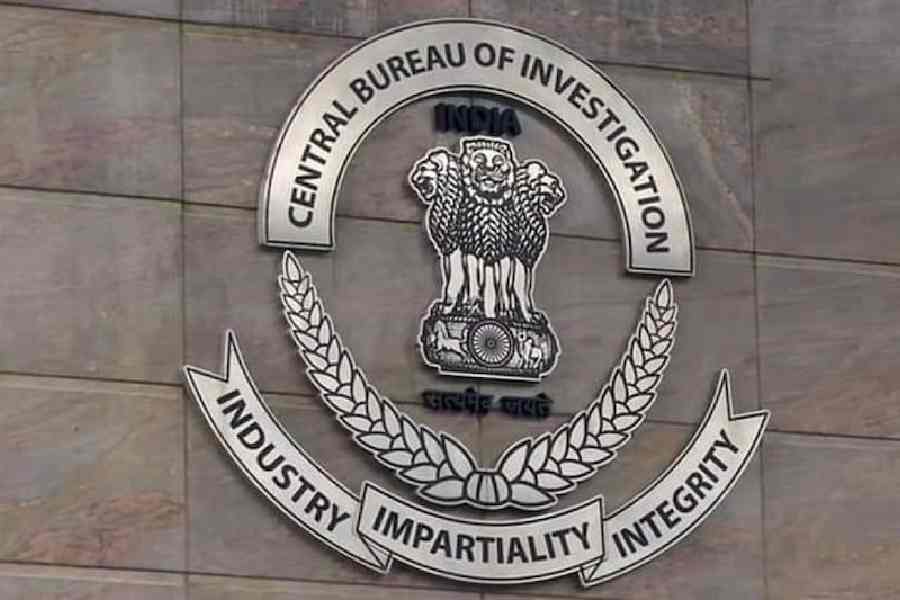Inactive hospitals and fewer patients’ admissions than expected have vexed a nationwide health scheme launched by the Centre a year ago to provide free hospital treatment to poor and vulnerable families, officials have said.
An internal analysis has found that only 46 per cent of over 18,200 hospitals empanelled under the Ayushman Bharat Pradhan Mantri Jan Aarogya Yojana (PMJAY) were “active”, or had admitted at least four patients over a four-week period.
The PMJAY has over the past year supported over 4.6 million hospital admissions across the country to treat patients for cardiovascular diseases, cancers and genitourinary disorders, among other illnesses requiring tertiary-level health care.
The scheme provides up to Rs 5 lakh per year per household to over 100 million households, or over 500 million people, the beneficiary households selected through specific criteria marking economic deprivation.
The analysis by the National Health Authority (NHA), the government body that runs the PMJAY, has found that 44 per cent of the empanelled government hospitals and 47 per cent of empanelled private hospitals were active under the PMJAY, defined as admitting four patients over four weeks.
Senior NHA officials presented the data at a conference in New Delhi this week to mark the scheme’s first anniversary.
“For this scheme to be more effective, we need not just empanelled hospitals, but active hospitals,” one official told a special conference session titled “Insights from Scheme Data”.
Data analytics specialists at the NHA have also detected signals of lower-than-expected utilisation measured through the nationwide number of hospital admissions under the PMJAY.
National sample surveys in the past have indicated that hospital admission rates vary according to the socio-economic status of households — the richer the households, the higher the rates. The hospital admission rate for households in the highest quintile is about 5 per cent and about 2.5 per cent at the lowest quintile.
The anticipated national utilisation rate for PMJAY beneficiaries is 38 admissions per week per 100,000 population. The NHA analysis has observed only 25 admissions per week, about 34 per cent below the expected rate.
Officials caution that the national numbers do not represent scenarios in certain states such as Kerala or Chhattisgarh where the utilisation and admission rates might be significantly higher than the national numbers.
“States with low utilisation rates need to understand the reasons,” another official said. Scheme officials say it is possible that multiple factors are contributing to the overall low utilisation rates.
One speculation is that some hospitals may be unwilling to accept patients under the PMJAY because they are not happy with the level of reimbursements they receive from the scheme.
Sections of doctors and health-care providers have over the past year argued that several package rates set by the NHA for reimbursements are lower than what hospitals spend on providing the packages.
One NHA official said one factor that might help drive up utilisation was the distribution of electronic cards to beneficiaries. States such as Kerala, Mizoram, or Uttarakhand that conducted e-card drives have higher levels of PMJAY utilisation than other states.










